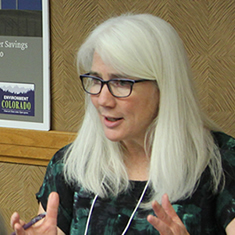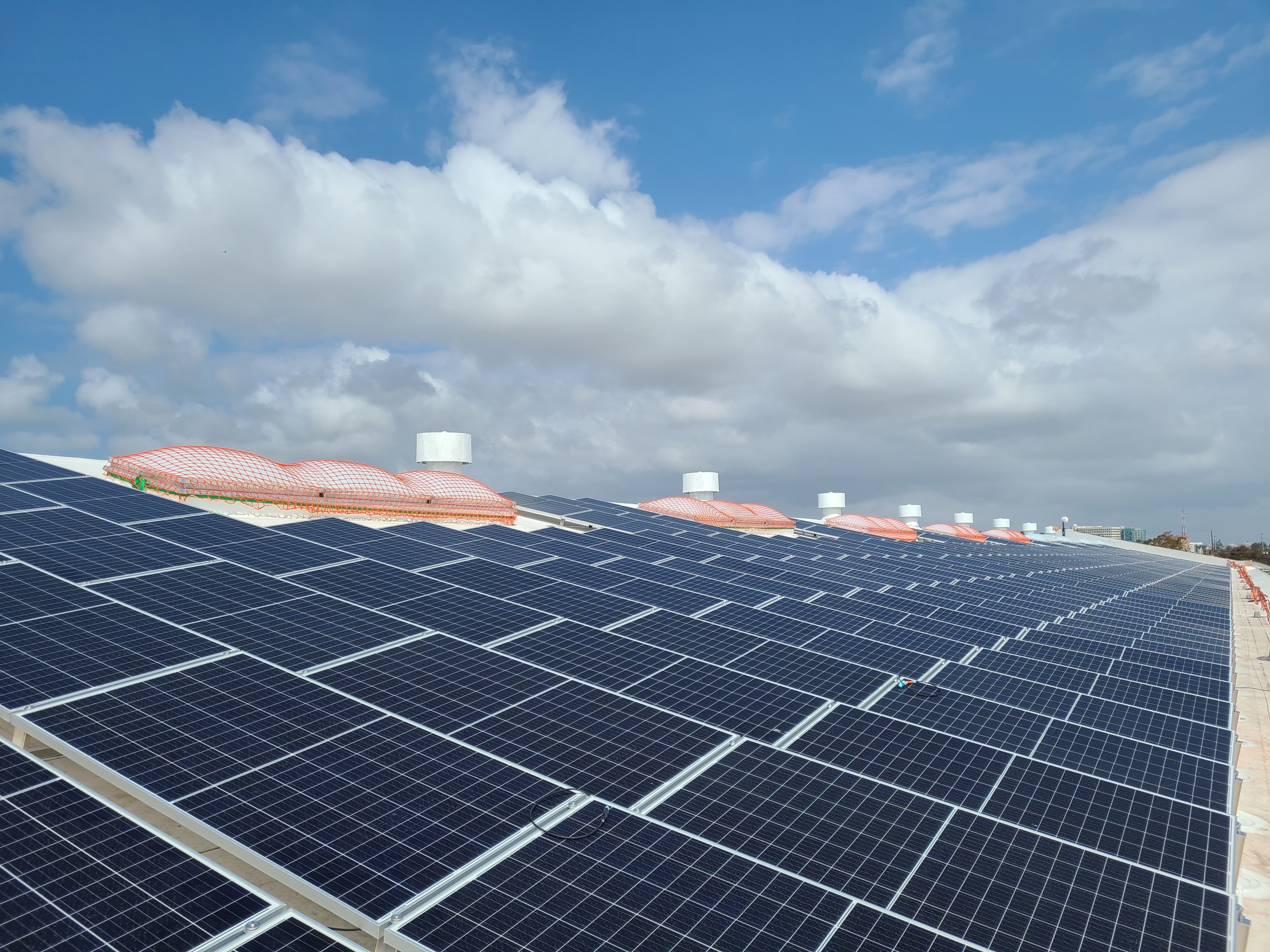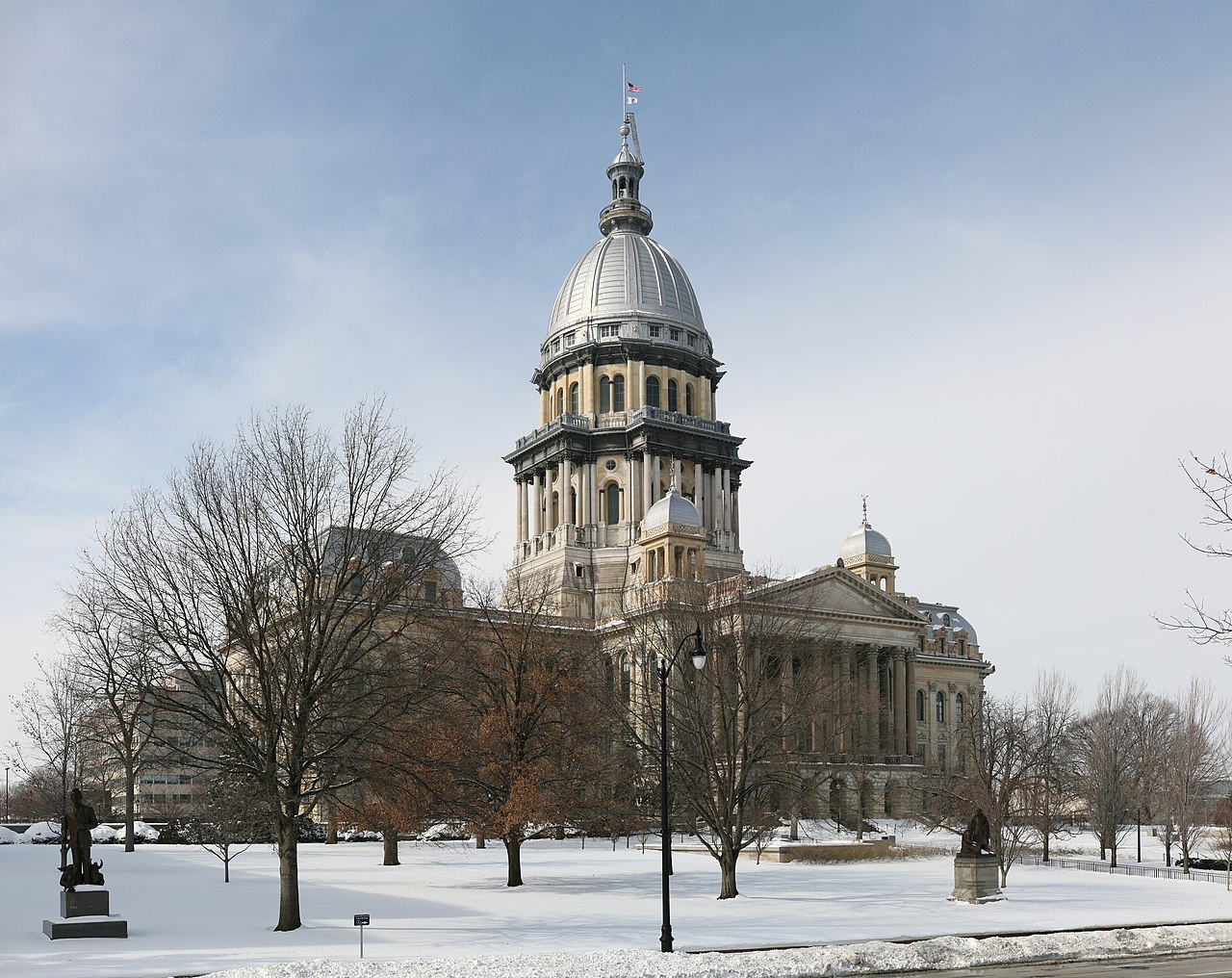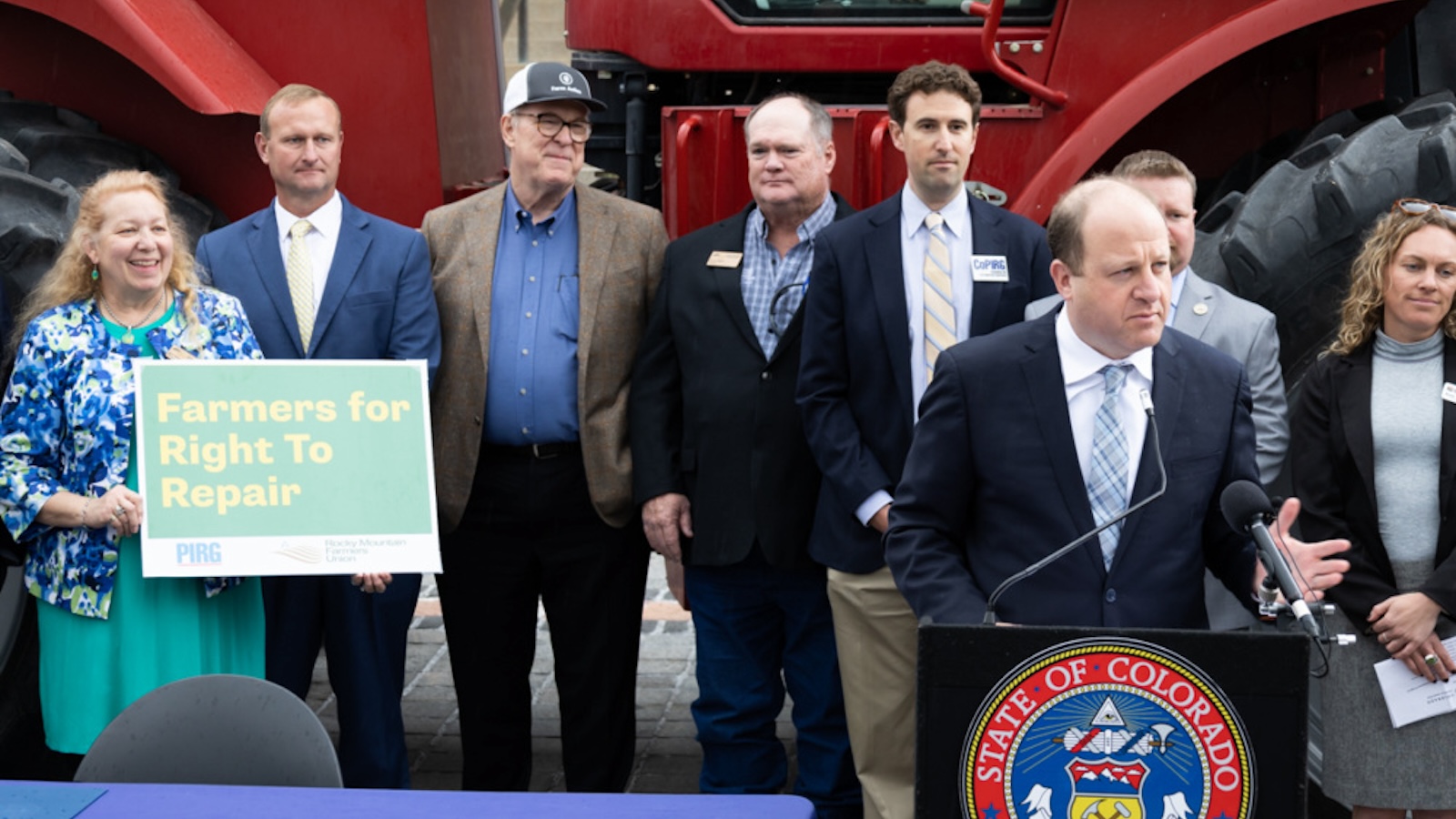States spanning the political spectrum shared space atop our rankings:
- California, Florida and Texas lead the pack when it came to electric vehicle sales in 2022;
- California, Texas, Florida, North Carolina and Arizona saw the most solar power and battery storage growth from 2013 to 2022;
- Five of the 10 fastest-growing solar states in percentage terms are located in the Southeast, including South Carolina, Virginia and Alabama; and
- Texas, Iowa, Oklahoma and Kansas topped the charts for wind power growth in 2022.
Some red states continue to reap the benefits of smart choices at the state level, including in Texas, the nation’s leading wind power producer, even though the bedrock policies largely responsible for Texas’ success have come under recent attack.
As Environment Texas Director Luke Metzger said after Texas’ most recent legislative session, “The incredible growth of solar and wind energy and battery storage in Texas is one of the climate movement’s great success stories…and despite over a dozen bills filed to add crippling new fees and permitting requirements to renewable energy or even to outright ban it, the 2023 Legislature ended with the worst measures having failed to pass.”
Even in red states that haven’t built the policy infrastructure to maximize their renewable potential, renewables are still on the rise, due largely to a mix of actions at the city, county and campus levels as well as ripple effects from actions taken by neighboring states, corporations, the federal government, and the global community working together.
Georgia is one such non-blue state that has seen opposition to renewables at the state level, but Environment Georgia’s Solarize campaigns and 100% clean energy cities and counties work have led to tangible progress. In 2022, Georgia generated 69 times as much solar power as it did in 2013, enough to power 693,356 typical homes. |








